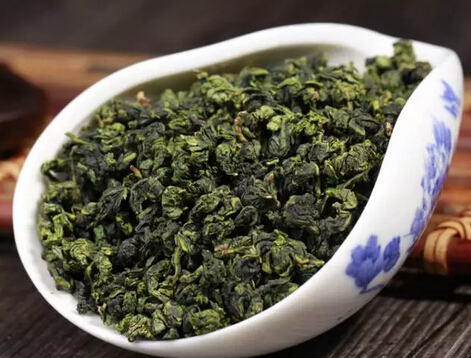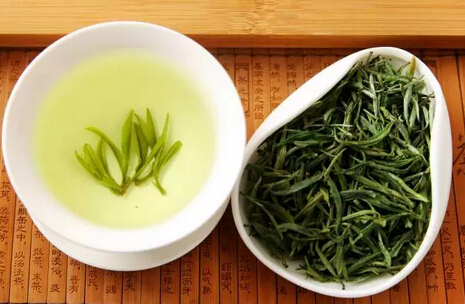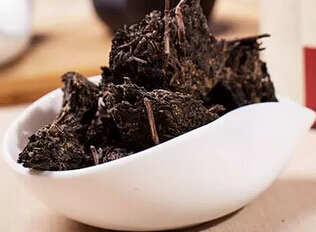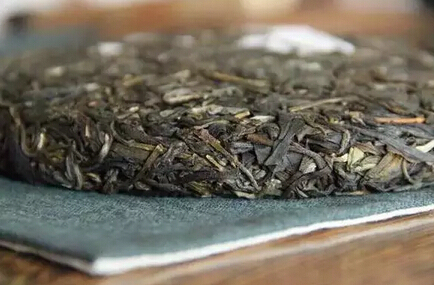The key to storing tea lies in preventing pressure, moisture, sealing, avoiding light, and keeping away from odors.

Common methods for storing tea:
First, generally speaking, the best containers for storing tea are tin cans, ceramic jars, or colored glass bottles. Next are iron cans, wooden boxes, or bamboo boxes, with bamboo boxes being less suitable for dry northern climates. Plastic bags and cardboard boxes are the least ideal. Many tea shops use purple clay jars, wrapping the tea in film paper, sealing the lid tightly for storage.
Second, stainless steel tea cans or iron cans are also good options for storing tea. Simply pour the tea into the container and seal the lid to prevent air from entering, preserving the tea's nutrients. This method is also very convenient.
Third, for households with small quantities of tea, storing the tea in the refrigerator can keep it dry and free from odors. (Many tea shops now have vacuum sealers; after purchasing tea, ask the shop to vacuum-seal it for you. Once home, storing it in the refrigerator will keep it fresh for months or even years as long as it remains unopened. Note: Once opened, be sure to protect it from odors.) Alternatively, wrap the tea in moisture-proof film paper. In some advanced areas, specialized tea refrigerators are available for even better results. However, note that oolong tea, black tea, and jasmine tea should not be stored in the refrigerator. Oolong and black tea contain lower levels of polyphenols, so they spoil more slowly and are easier to store. Jasmine tea has a strong floral aroma, and low temperatures can suppress its fragrance, reducing its freshness and intensity. Pu-erh tea is best stored at room temperature in a dry, well-ventilated place.
Fourth, a simpler method is to purchase large glass tea canisters from supermarkets. These usually come with rubber seals for perfect airtight storage, making them practical and convenient.
Fifth, an older method involves using foam boxes filled with chunks of quicklime (unslaked). Divide the tea into small bundles, wrap them tightly, and seal the lid to preserve the tea's flavor.
Specific storage methods for different types of tea are as follows:

Green Tea
Among all teas, green tea is best stored in the refrigerator, especially high-aroma teas like Longjing tea. For short-term storage (ready to drink), place the tea in the refrigerator at around 5°C. For unopened tea intended for storage over a year, use the freezer. If possible, pack the tea in aluminum-coated composite bags with desiccants like quicklime and oxygen absorbers, then seal and refrigerate. This can maintain the tea's quality for up to two years. Another method for home storage is using quicklime for moisture absorption: place quicklime chunks in a cloth bag inside a sealed container (e.g., ceramic or iron), wrap the tea in kraft paper, place it on the cloth bag, and seal the container. Store in a cool, dry place.
Jasmine Tea
Jasmine tea is a reprocessed green tea with high moisture content, making it prone to spoilage. Store it in a cool, dry, odor-free environment to prevent moisture.

Oolong Tea
Oolong tea contains chlorophyll, which undergoes photochemical reactions when exposed to light, so avoiding light is crucial for storage. Moisture prevention is also essential. As a semi-fermented tea, oolong is easier to store than unfermented teas. Tin cans are ideal, but iron or ceramic cans with double lids also work. When filling the container, pack the tea tightly to minimize oxidation, then seal the lid.
Black Tea
Black tea has low moisture content but is prone to absorbing moisture or losing its aroma. Store it in an airtight, dry container away from light and heat. Tin foil or tin cans are best; glass jars may not block sunlight. Avoid mixing different teas. Store in a cool, dark place away from strong odors. Before placing black tea in the container, pack it in a plastic bag and remove excess air to preserve its aroma.

Yellow Tea
For yellow tea, add a preservative to the tea bag and seal it. Place the bag in an aluminum foil pouch, then into a container, and cover with a clean plastic bag. Store in the refrigerator (around 5°C), avoiding other foods to prevent odor absorption.
White Tea
White tea can be stored in several ways: 1. Use tea cans (preferably tin or iron) to prevent crushing; 2. Place small bags of charcoal at the bottom of the container, layer the tea, and seal the lid (replace charcoal monthly); 3. Use small bags of quicklime as a desiccant, but wrap the tea separately to avoid odor contamination; 4. Store tea with ≤6% moisture in a sealed container in the refrigerator (5°C). For households, room temperature or refrigeration is recommended.

Dark Tea
Dark tea requires ventilation, dryness, and an odor-free environment. Use breathable packaging like kraft or parchment paper (avoid plastic bags) and store with moisture-absorbing materials like charcoal. If mold appears due to excess humidity, move the tea to a dry, ventilated area or expose it to sunlight. For severe mold, gently brush it off and use a hairdryer to heat the tea. Discard if black, green, or gray mold appears.
Pu-erh Tea
Properly stored Pu-erh tea improves with age. A common method is the "ceramic jar stacking method": mix old and new tea in a wide-mouth ceramic jar to promote aging.

Tea Cakes
For immediate consumption, break the cake into loose tea and store it in a ceramic jar (not metal) for two weeks to balance the tea's flavor. This harmonizes the outer and inner parts of the cake.
Tips
Ensure storage containers are dry, clean, and odor-free. Store tea in a dry, ventilated place, avoiding damp, hot, dirty, or sunny areas. Keep tea away from strong-smelling items like camphor, medicine, cosmetics, cigarettes, or detergents. Do not mix different types or grades of tea. When removing tea from the freezer, let it reach room temperature first to prevent condensation. Divide tea into small portions for storage to minimize quality loss when accessing small amounts.